



End-to-end certification and regulatory compliance for Indian and global markets.
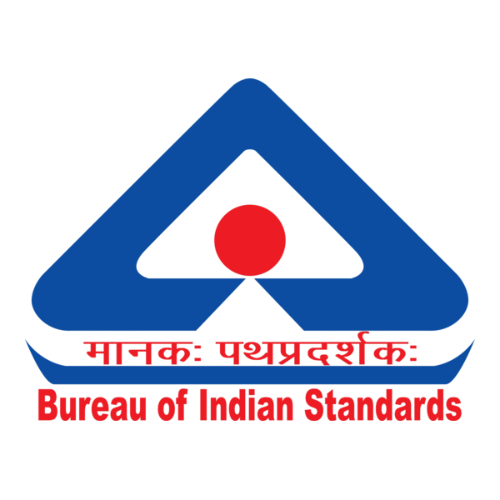 BIS Certification
BIS Certification
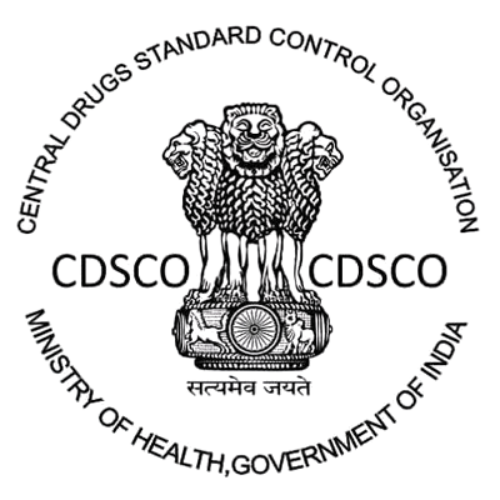 CDSCO
CDSCO
 CPCB
CPCB
 LMPC
LMPC
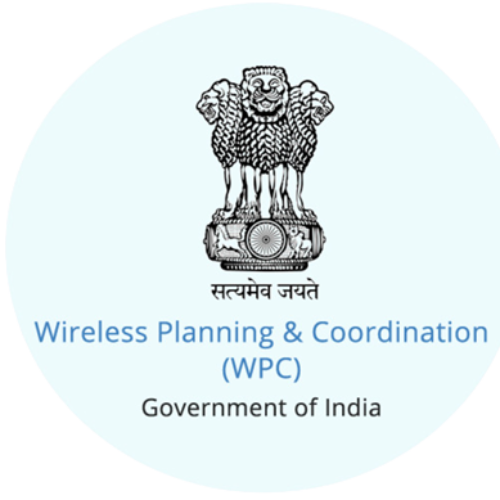 WPC Approval
WPC Approval
 Global Approvals
Global Approvals
 TEC
TEC
 ARAI
ARAI
 BEE
BEE
 ISO Certification
ISO Certification
 Drone Registration
Drone Registration
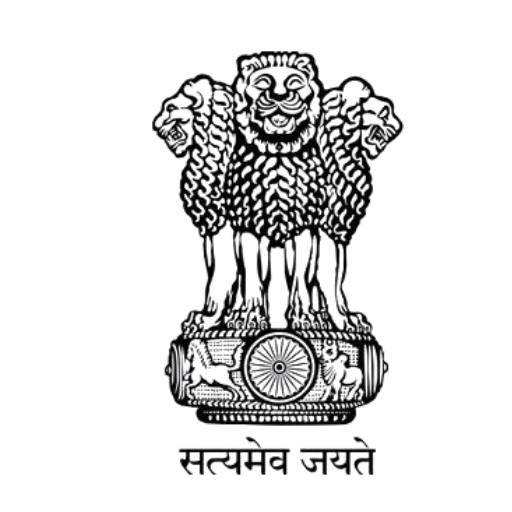 NOC For Steel
NOC For Steel





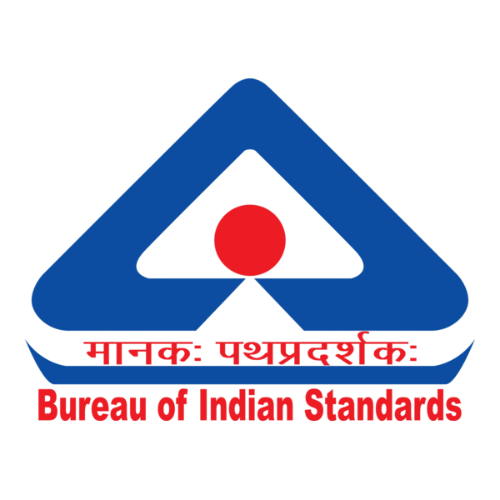

























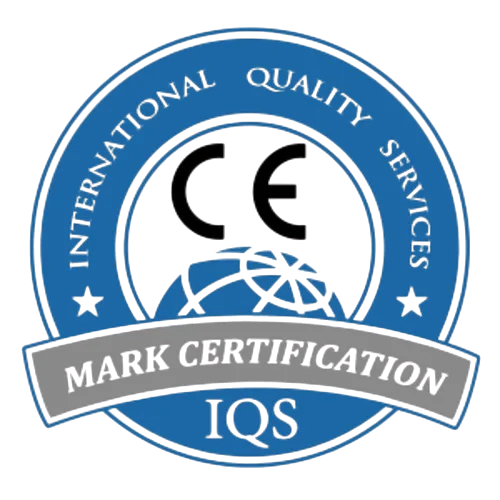







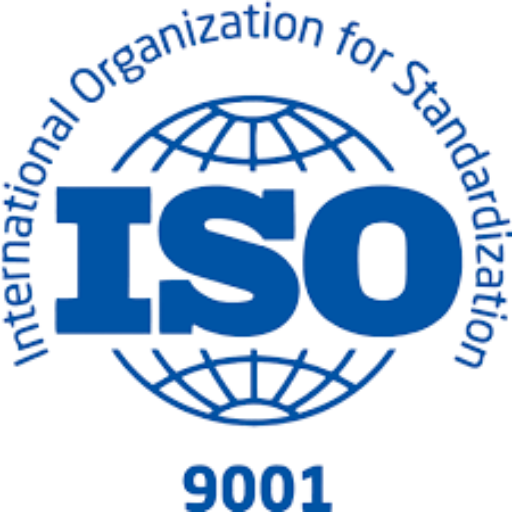
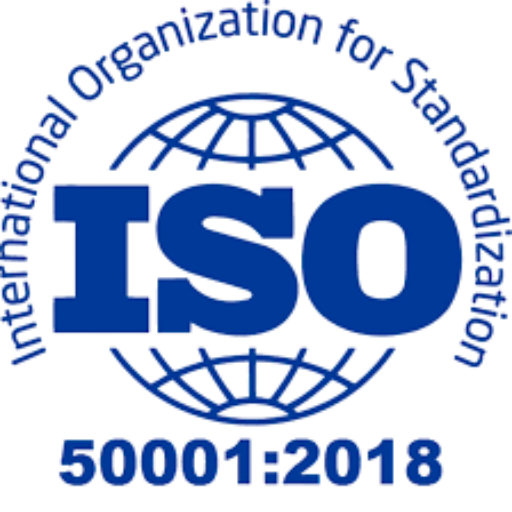

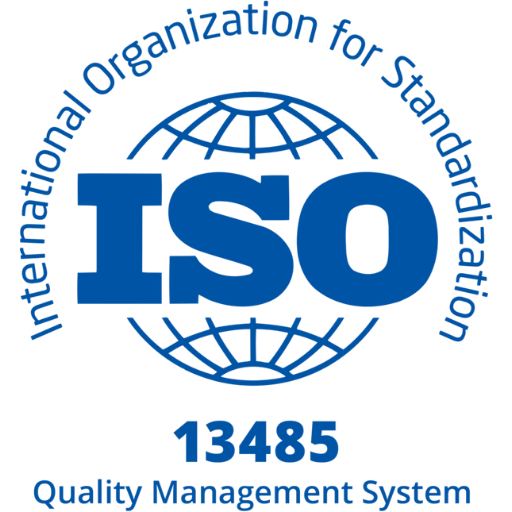

Apart from product certification, BIS is responsible for framing Indian Standards, conducting laboratory testing, and ensuring consumer protection.
Some items must be certified before they get released mysteriously made for select goods like cables, switches, cement, gas cylinders, etc.
It ensures electronic products conform to Indian Standards (IS).Covers 70+ products including laptops, phones, adapters, TVs, and batteries.
Hallmarking Certification is mandatory in India for gold and silver jewellery.The BIS 916 Hallmark confirms 22K gold purity.Silver Hallmarking is compulsory for certain grades like BIS 925.
FMCS Mark Certification is a BIS-led approval process that enables foreign manufacturers to sell regulated products in the Indian market.
It helps manufacturers build trust and create a compliance framework. It also markets to eco-conscious consumers.This guide will detail eligibility, provide information on the application procedure, and outline benefits of certification to ISO 14024.
It is governed by NABL under the Quality Council of India (QCI).Accreditation enhances trust among regulators, industries, and global partners.
The World Manufacturer Identity (WMI) is a globally recognized code used to identify vehicle manufacturers. WMI registration ensures traceability, compliance, and global brand recognition for automotive makers.
Stay ahead of regulatory changes with BIS Scheme X Certification. Now extended to September 1, 2026, under the omnibus technical regulation order 2024. Get complete certification support from Diligence Certification.
Get full assistance for CDSCO registration, medical device import licenses, and cosmetic import licenses with Diligence Certifications. Our expert guidance and comprehensive support ensure your compliance, helping you gain a competitive edge in the market. Your satisfaction is our commitment!
Diligence Certifications is a top-tier name in drug licensing and provides topmost service and knowledge support to all sizes of pharmaceutical companies. Our seasoned team understands the global regulations and has seen several success stories.
Having trouble securing Cosmetic License certification in India? Let our ISI certification experts assist you in achieving it and boosting your credibility!
Get expert guidance on Medical Device Registration in India. Learn CDSCO approval process, documents, fees & compliance for manufacturers and importers.
Secure your CPCB Certification with ease and align your business with environmental regulations and sustainable practices. Our expert team streamlines the application process, offering tailored guidance to meet your unique EPR compliance requirements.
Need assistance in Battery Waste Certification? Our experts guide you through every step to ensure smooth and compliant processing.
E-waste has become one of the most serious problems of the modern world, as technology is changing very fast. Discarded electronics items such as smartphones and refrigerators contain very toxic elements hazardous to human health and the environment if not treated properly.
Tyre wastage is an increasing global problem. It threatens to engulf the world in a sea of rubber with disastrous consequences for the environment and human health.
Diligence Certifications help businesses go a long way in environmental compliance matters through their management of plastic waste compliance. It rallies your commitment to reducing environmental impacts, increasing your recycling, driving circular economies and, hence, building credibility with consumers as citizens of a wider world contending against plastic pollution with angels and regulators.
The No-Objection Certificate has special relevance for a business; from needing it while applying for a loan, selling property, or for an application to pursue higher education, there are multiple situations where one has to face the need for an NOC.
Get Full Assistance for Model Approval for Indian W&M Instruments and Importer Registration for Weight and Measurement Instruments with Diligence Certifications. We prioritize your success by providing expert guidance and comprehensive support for all your LMPC Certification needs, helping you gain a competitive edge in the market. Your satisfaction is our commitment, and we work tirelessly to ensure it, now and in the future.
Diligence Certifications offers provision of LMPC Import License Certification under Legal Metrology Packaged Commodities rules with respect to process of importation of goods into India for compliance. Our proficiency ensures that your labeling and packaging for products meet the requirements for easy clearance of goods through customs. It certifies approval from the regulators, having legal backing and gaining confidence of consumers and authorities.
The legal metrology certification is gaining importance in today’s ever-changing context of business with emphasis on fair trade and consumer protection. There is a fresh perspective on maintaining the true measurement and weighing-related activities on account of the fact that with almost every passing day, market growth and transaction complications are assuming greater magnitude.
Get Full Assistance for Non-Network License, Network License, and Equipment Type Approval with Diligence Certifications. We prioritize your success by providing expert guidance and comprehensive support for all your WPC Approval needs, helping you gain a competitive edge in the market. Your satisfaction is our commitment, and we work tirelessly to ensure it, now and in the future.
The Diligence Certifications grant a fast track to the acquisition of WPC Import License, making the imports of communication devices 100% compliant with WPC Certification. Based on our experience and expertise, we ready you for the licensing processes in such a way that your product conforms with all technical standards and is safely usable within India. The certification would guarantee acceptance by regulators, therefore cultivating such trust with the authorities and end users.
End-to-end certification and regulatory compliance for Indian and global markets.
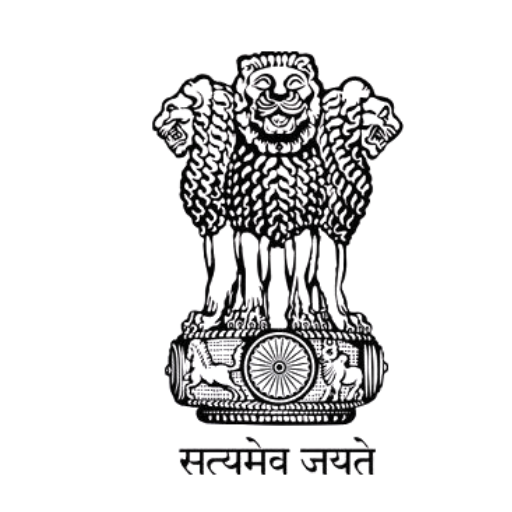 Business Registration
Business Registration

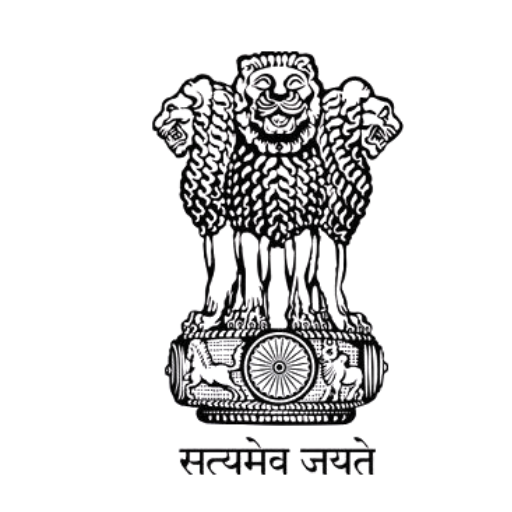
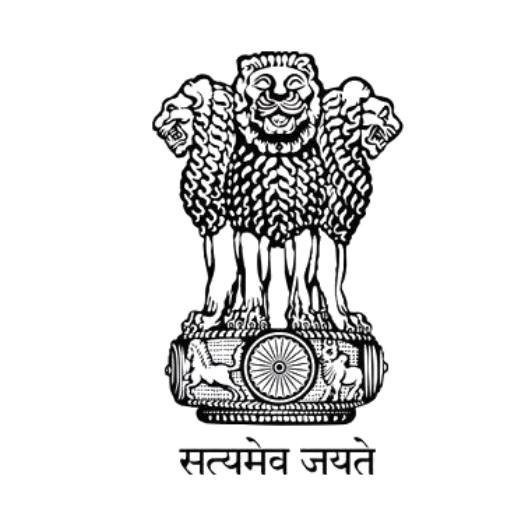





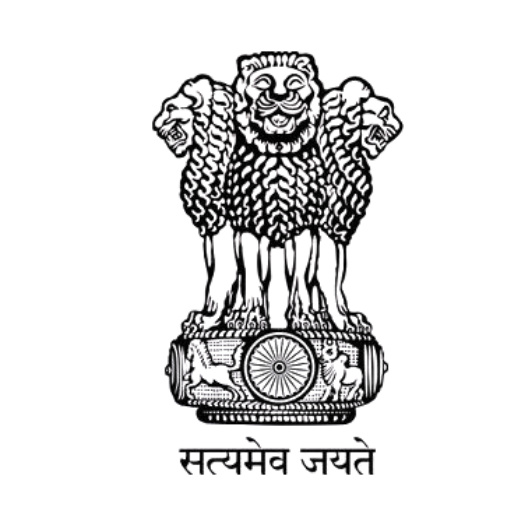

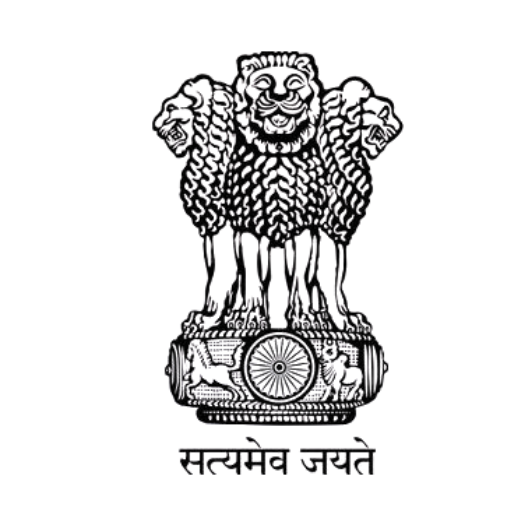

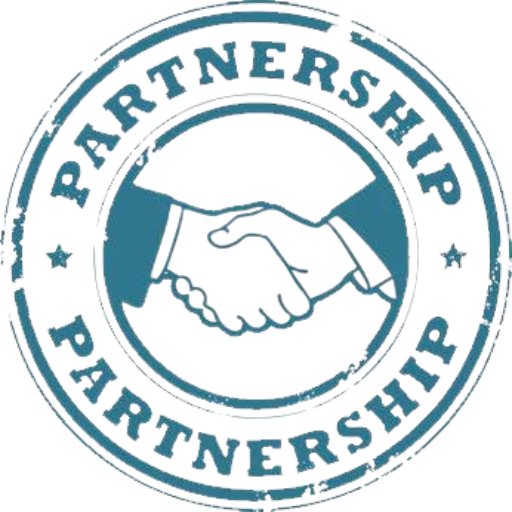
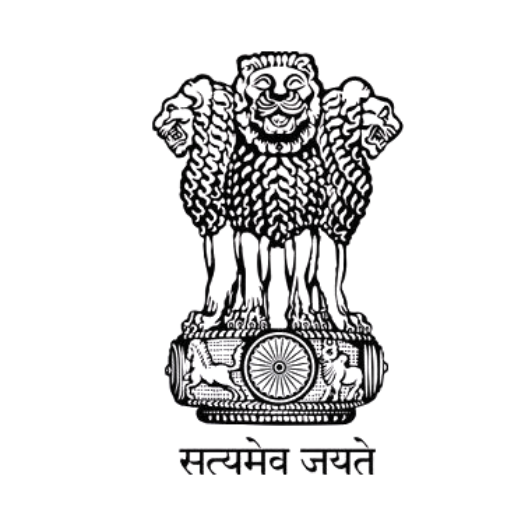
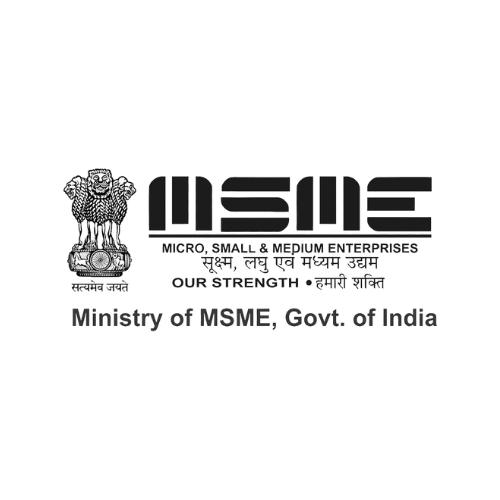

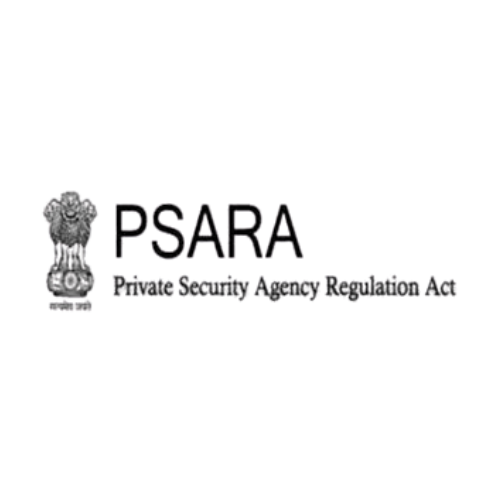
End-to-end certification and regulatory compliance for Indian and global markets.
 Legal Services
Legal Services
 Trademark Registration
Trademark Registration
 Copyright Registration
Copyright Registration
 Patent Registration
Patent Registration






















































Law for Protection: The Domestic Violence Act, 2005 protects women from physical, sexual, emotional, and financial abuse.
Types of Abuse: Violence can be physical harm, sexual force, insults, threats, or stopping money and basic needs.
Who Can Complain: Wives, live-in partners, mothers, sisters, widows, and children under 18 can seek help.
How to File: Victims can complain to police, protection officer, court, or NGOs. Court must act fast (within 60 days).
Punishment: Breaking court orders can lead to jail up to 1 year or fine. Dowry and cruelty laws under IPC also apply.
Meera’s marriage turned abusive over five years, escalating from verbal taunts to physical violence, economic deprivation, and daily humiliation, including dowry demands. Like many women in India, she suffered silently until learning her rights under the Domestic Violence Act, 2005. Domestic violence extends beyond physical harm, affecting mental, emotional, and economic well-being, and impacting children, elders, and society. Understanding domestic violence and legal remedies is crucial for breaking the cycle of abuse and empowering victims to seek justice.
Domestic violence under Indian law is defined comprehensively in the Protection of Women from Domestic Violence Act, 2005. This landmark legislation recognizes that abuse within intimate relationships takes multiple forms and requires specialized legal intervention beyond general criminal provisions.
The Act defines domestic violence as any act, omission, commission, or conduct that harms, injures, or endangers the health, safety, life, limb, or well-being (physical or mental) of the aggrieved person. It also includes harassment for the purpose of coercing the victim or any related person to meet unlawful demands for dowry or other property.
Physical Abuse: Any act causing bodily pain, harm, or danger to life, limb, or health. This encompasses hitting, slapping, pushing, kicking, burning, choking, or any physical assault. It also includes intimidation through physical force or threats of physical violence.
Sexual Abuse: Any conduct of a sexual nature that abuses, humiliates, degrades, or violates the dignity of women. This includes forced sexual acts, marital rape (though not explicitly criminalized separately in India), demanding sexual acts as a form of humiliation, or making demeaning remarks about the victim’s sexuality.
Verbal and Emotional Abuse: Insults, ridicule, humiliation, name-calling, and accusations designed to lower self-esteem and maintain control. This includes constant criticism, public humiliation, threats of harm to the victim or loved ones, monitoring and controlling behavior, isolation from family and friends, and emotional manipulation.
Economic Abuse: Deprivation of all or any economic or financial resources to which the victim is entitled under law or custom. This includes withholding money for household expenses, preventing the victim from working or earning income, taking control of the victim’s salary or assets, and denying access to basic necessities.
It’s crucial to understand the difference between the Domestic Violence Act, 2005, and Section 498A of the Indian Penal Code (IPC). While Section 498A specifically addresses cruelty by a husband or his relatives demanding dowry or causing mental or physical torture, the Domestic Violence Act provides broader civil remedies including protection orders, residence rights, monetary relief, and custody orders. Victims can pursue both remedies simultaneously.
“Domestic violence is a pattern of control, not just an isolated incident. It’s about power, dominance, and systematic oppression within intimate relationships.”
The recognition that domestic violence encompasses far more than physical assault represents a significant evolution in Indian jurisprudence, acknowledging the complex dynamics of intimate partner abuse and providing victims with comprehensive legal protection.
Understanding who can seek protection under the Domestic Violence Act 2005 is essential for victims to assert their rights. The Act adopts an inclusive approach, recognizing the diverse forms of domestic relationships in contemporary India.
The residence need not be owned by the woman; even temporary or periodic residence in a household where abuse occurs qualifies for protection.
Physical Abuse: Includes hitting, slapping, punching, kicking, biting, hair-pulling, burning, stabbing, or any assault causing harm. It also covers intimidation, property destruction, restraining movement, or blocking exits. Even pushing, shoving, or threats of physical harm are recognized as abuse.
Sexual Abuse: Covers any sexual conduct that humiliates, degrades, or violates dignity, including forced sexual acts, coerced marital relations, unwanted touching, pornography-related abuse, demeaning remarks, or using sex to control/punish. Consent within marriage is not perpetual, and forced sexual activity constitutes serious abuse under the Act.
Verbal and Emotional Abuse – Invisible Wounds
Recognized under Section 3 of the Domestic Violence Act, verbal and emotional abuse can be as damaging as physical harm. It includes:
This abuse often escalates gradually, causing long-term psychological effects like depression, anxiety, PTSD, and low self-esteem.
Economic Abuse – Financial Control
Economic abuse involves restricting a victim’s access to financial resources, creating dependency. Examples include:
Economic abuse often overlaps with dowry harassment, which is punishable under the Dowry Prohibition Act, 1961.
Domestic violence in India arises from a complex interplay of sociological, psychological, cultural, and economic factors, though individual perpetrators are ultimately responsible for their actions.
Domestic Violence Complaint Procedure under the Domestic Violence Act, 2005
The Domestic Violence Act, 2005, empowers victims to seek justice through multiple entry points, acknowledging the challenges they face.
Victims may approach:
Domestic Incident Report (DIR)
The DIR can be oral or written and should include:
Section 4 protects complainants acting in good faith from legal action.
Upon receipt, the Magistrate must:
Interim orders under Section 23 may include:
Protection Officers investigate, interview witnesses, and submit reports. Courts hear evidence, may direct counseling or mediation (with consent), and ensure due process.
The Magistrate must dispose of the case within 60 days (Section 12). Orders can include permanent protection, compensation, residence rights, child custody, and return of belongings.
For cruelty or dowry-related offenses, victims may file criminal complaints under Section 498A IPC, a cognizable, non-bailable offense with imprisonment up to three years and a fine. These proceedings can run alongside civil remedies under the DV Act.
Domestic Violence Complaint Procedure under the Domestic Violence Act, 2005
The Domestic Violence Act, 2005, empowers victims to seek justice through multiple entry points, acknowledging the challenges they face.
Step 1: Initial Approach
Victims may approach:
The DIR can be oral or written and should include:
Section 4 protects complainants acting in good faith from legal action.
Step 3: Registration and Immediate Protection
Upon receipt, the Magistrate must:
Step 4: Interim Protection Orders
Interim orders under Section 23 may include:
Step 5: Investigation and Final Hearing
Protection Officers investigate, interview witnesses, and submit reports. Courts hear evidence, may direct counseling or mediation (with consent), and ensure due process.
Step 6: Final Orders
The Magistrate must dispose of the case within 60 days (Section 12). Orders can include permanent protection, compensation, residence rights, child custody, and return of belongings.
Alternative: Section 498A IPC
For cruelty or dowry-related offenses, victims may file criminal complaints under Section 498A IPC, a cognizable, non-bailable offense with imprisonment up to three years and a fine. These proceedings can run alongside civil remedies under the DV Act.
Punishments for Domestic Violence
Understanding the legal consequences of domestic violence emphasizes the seriousness of these offenses and the accountability of abusers.
Under the Domestic Violence Act, 2005:
Under the Indian Penal Code (IPC):
Under the Dowry Prohibition Act, 1961:
Penalties for Protection Officers:
Appeals and Legal Recourse
Victims or respondents dissatisfied with a Magistrate’s order can seek higher judicial review.
Understanding Domestic Violence and General Violence
Recognition of Verbal and Emotional Abuse: Unlike most general criminal law, the Domestic Violence Act recognizes that psychological and economic abuse can be just as serious, if not even more, than physical harm. Furthermore, recognizing early warning signs allows oneself the opportunity to intervene on its own behalf (in avoidance of violence).
Domestic Violence Against Men Legal Protection: As per the Domestic Violence Act, 2005, legal protection is exclusively for women and men cannot approach for relief under the Act.
Available Remedies for Men:
Gaps and Challenges:
In India, domestic violence occurs across all classes, religions, and geographic locations, and is therefore a significant violation of human rights. The Domestic Violence Act, 2005, in conjunction with certain provisions of the IPC and the Dowry Prohibition Act, ensures legal protection and relief to victims of domestic violence if they know their rights and can access remedies.
With the help of protection officers, the police, magistrate courts, and established service providers, victims can initiate lawful remedies, including protection orders for safety, the establishment of residence rights, payment of monetary relief to the victim (for abuse and/or loss of earnings), custody orders and/or criminal prosecutions under Section 498A IPC for violence or cruelty. The protection orders address the immediate safety of the victim and the other remedies address victimization and long term security. Compliant service providers such as counseling, shelter and help lines, and rehabilitation services support victims’ recovery.
Remedies regarding domestic violence require professional support to navigate the procedure, obtaining documentation, using evidence, and reporting to the magistrate/triable court. In many cases a timely legal consultation is critical in the lives of victims and the end of the abuse.
Diligence Certifications is an empathetic, confidential legal provider from complaint initiation to enforcement of court orders that support survivors of domestic violence in attaining safety and dignity, and their right to live without violence. Contact us for a confidential consultation today.






















Domestic violence means physical, emotional, sexual, or financial abuse at home.
Women, children, and sometimes elderly family members can be victims.
The Domestic Violence Act, 2005 protects women from abuse at home.
Physical harm, sexual abuse, verbal insults, threats, financial control, or denying basic needs.
Wives, live-in partners, mothers, sisters, widows, and children under 18.
To the police, Protection Officer, court, or NGOs working for women.
Courts must provide relief and protection within 60 days of the complaint.
Protection orders, residence rights, monetary relief, custody of children, or counseling.
They can face up to 1 year in jail or a fine under the law.
Yes, IPC sections on dowry and cruelty also protect victims.

